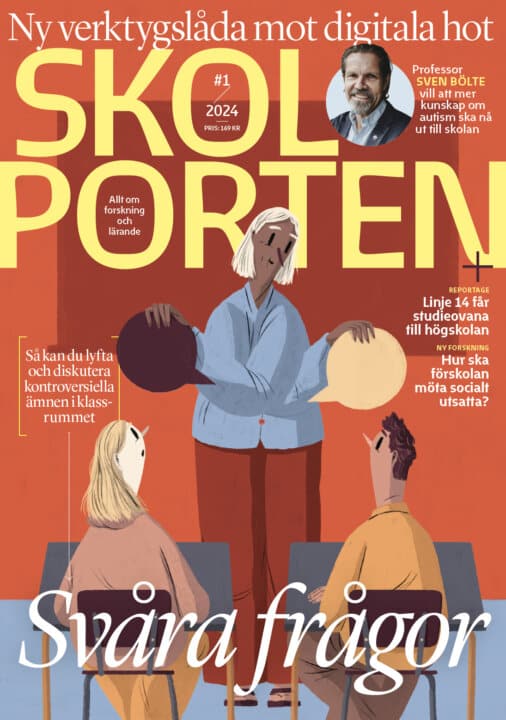Understanding Comorbid Pain and Emotions: A transdiagnostic approach
Oro för att inte passa in i kompisgänget kan bidra till att ungdomar drabbas av fysisk smärta. Det visar psykologiforskaren Matilda Wurm.
Matilda Wurm
Professor Katja Boersma, Örebro universitet Professor Maria Tillfors, Örebro universitet
Professor Mark A. Lumley, Wayne State University.
Örebro universitet
2018-06-08
Understanding Comorbid Pain and Emotions: A transdiagnostic approach
Institutionen för juridik, psykologi och socialt arbete
Understanding Comorbid Pain and Emotions: A transdiagnostic approach
Experiencing pain, including an emotional reaction, is part of being human. Emotional comorbidity is common in pain patients, and correlated to higher symptomatology and worse treatment outcome. The shared vulnerability model suggests that many vulnerability and maintaining factors may be involved in both pain and emotional problems. Hence, they may be transdiagnostic. Since our knowledge about these shared factors is lacking, potential targets for risk assessment, prevention, and treatment are likely underutilized. The overarching aim of this dissertation was to further our understanding of comorbid musculoskeletal pain and emotional problems by investigating the role of transdiagnostic factors. Specifically, it was studied if levels of shared vulnerabilities (negative affect and anxiety sensitivity) and symptomatology covary in pain patients depending on the occurrence of comorbid social anxiety symptoms (Study I); if peer-related stress predicts musculoskeletal pain problems over time in adolescents, and if this is mediated by worry and moderated by gender (Study II); and if symptomatology can be decreased in pain patients with comorbid emotional problems by using an internet delivered unified protocol for emotional disorders (Study III). Results show that vulnerabilities covaried with comorbid pain and social anxiety. Also, peer-related stress predicted musculoskeletal pain problems in adolescents and was mediated by worry for girls. However, the internet-delivered unified protocol did not unequivocally decrease symptomatology. In sum, the studies in this dissertation provide partial support for the role of transdiagnostic factors in comorbid musculoskeletal pain and emotional problems. A transdiagnostic approach may offer a parsimonious understanding of the development and maintenance of this comorbid symptomatology.
Relaterade länkar

Fritidshem
 Åk F–6
Åk F–6 Matematikångest
 Åk 4–Vux
Åk 4–Vux 






